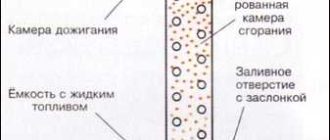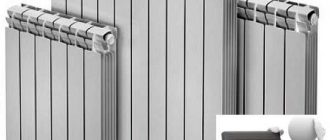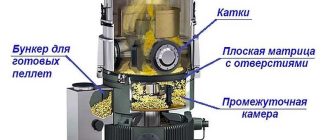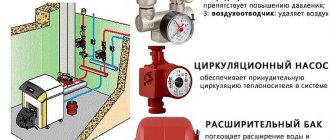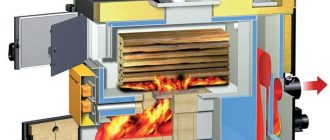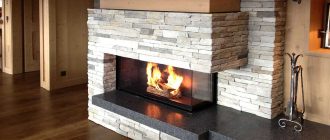Sergey Lebedev, a technical specialist of the Russian representative office of the Italian manufacturer of heating batteries Global Radiatori, tells us.
Let’s start with the fact that, according to the Housing Code (Article 25, Part 1), the transfer of heating devices is considered a rearrangement, which requires approval.
Reorganization of premises in an apartment building is the installation, replacement or transfer of engineering networks, sanitary, technical, electrical or other equipment, requiring changes to the technical passport of the premises in the apartment building.
What will happen if you move radiators quietly, without coordinating with anyone? When the management company (MC) finds out about it, you can be brought to an administrative fine. Seriously: in the CAO RF there is article 7.21, the second part of which says that violators will have to pay up to 2500 rubles.

Small things, you will say. But at the same time you will have to return the batteries to their original place, that is, once again make repairs and pay the workers. Or prove that your redevelopment does not interfere with anyone, and for this you need to conduct an independent examination, which is not cheap. In other words, you will spend more nerves, time and money, but the result will be the same – the transfer of radiators must be coordinated.

Approval
When you pass all the stages of accepting this fact and will be ready to do the process legally, the first thing you need to do is to apply to the management company (ideally in writing). The main thing they are interested in is the scale of the relocation and the capacity of the radiator in case you plan to put in a new appliance. For example, if you move the radiator to a neighboring wall without increasing the length of pipes or installing a radiator of approximately the same capacity as the old one, the approval of the management company is likely to be enough.
If the rearrangement is more serious, you will have to submit an application for redevelopment to the housing inspectorate.
To submit an application, you need to collect a package of documents:
- Certificate of ownership of the apartment.
- Technical passport of the apartment in its current state.
- Plan of the engineering rearrangement of the apartment, which can be ordered from the design bureau.
- Written consent of all family members of the apartment owner.
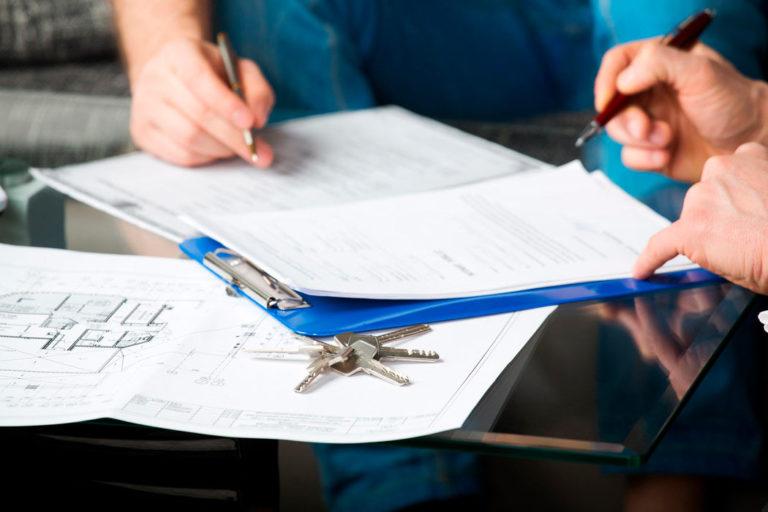
The application together with all the documents is sent to the housing inspectorate, which may approve the rearrangement. And it may not, for a number of reasons. For example, in Moscow, under no circumstances will not allow the placement of batteries on the balcony or loggia, it is prohibited by a government decree. If there are no problems, then, as a rule, the approval takes about 20 working days.
Transfer
After the authorization has been obtained, you can proceed to the transfer of radiators. If the rearrangement is complex, then together with the approval of the housing inspection, the owner receives something like a cheat sheet. The document specifies what work should be done, how to control it and what documents to get from the installers.
In general, it is important here, first, to involve specialists in the process, and not try to do it yourself without experience. Secondly, you need to hire a competent master and conclude an official contract with him, otherwise you can not get the act of completed work, which will be needed at the next stage. In addition, formalizing the relationship will give confidence that the specialist knows what he is doing. Plus documents will be needed if after the transfer there are problems, let’s say, a leak or poor heating.
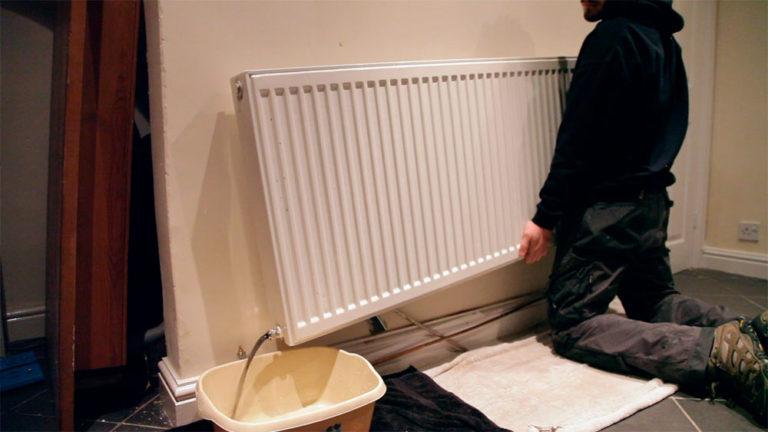
It is necessary that the installer strictly followed the agreed plan of rearrangement, otherwise there will be difficulties at the next stage. After completing the installation, it is important that the master conducted a pressure test of the batteries, thus checking the tightness of all connections. And you need to carefully inspect the results of the work and only then sign the act of completed work.
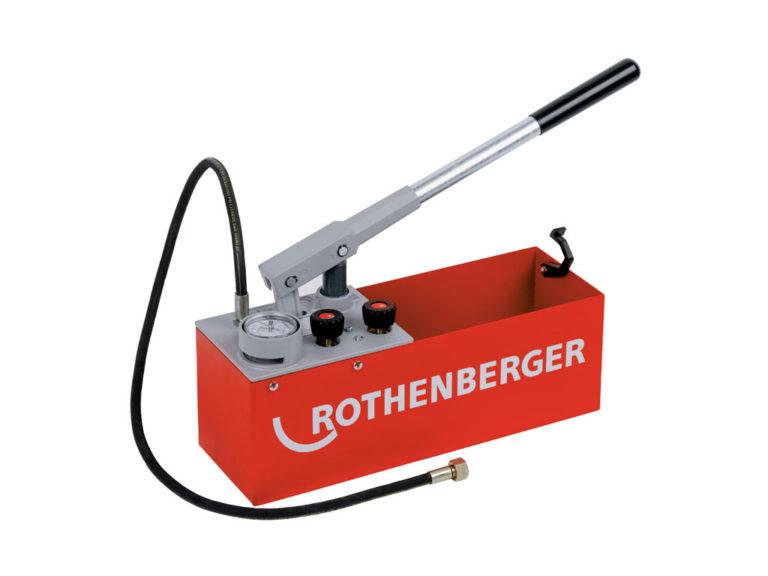
For everything the housing inspectorate gives a year, if necessary, this period can be extended for another six months. If you do not manage to do it in this time, you will have to go through the whole process again.
Confirmation of works
After the work is completed, you need to go to the housing inspectorate again to get an act on the completion of the conversion. The application can be submitted online, but after its consideration, a visit of a special commission will be scheduled, which will come to your home to check the correctness of the conversion.
The meeting should be attended by representatives of the housing inspectorate, the designer who prepared the conversion plan, the installer who moved the radiators and a representative of the MC.

If the commission finds violations, you will write a prescription for their elimination. And if everything is in order, then in 10 days you will receive an act on the completed rearrangement. And this is the end of the process.


